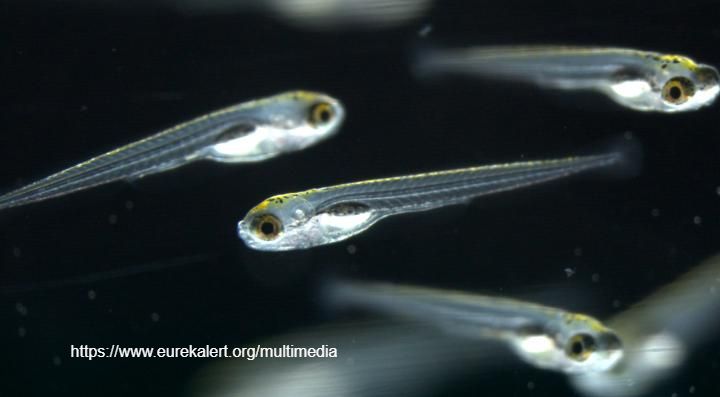|
The research in the Ye lab focuses on understanding how the body senses, responds, and adapts to complex and dynamic internal environments.
The intestine is the main site where the body processes all dietary components. It also harbors billions of microorganisms that are important in shaping our physiology and behavior. We are primarily interested in the cellular and molecular mechanisms of the intestinal sensory machinery and circuitry. Our current work focuses on the following areas:
|
Our approach
|
We use a combination of genetic engineering, optogenetics, in vivo microscope imaging, immunofluorescence staining, and bioinformatic approaches in the zebrafish animal model to dissect the function and regulatory mechanisms of the gut sensory machinery and the gut-brain interaction axis.
We also use a gnotobiotic approach and bacterial genetic engineering techniques to experimentally manipulate gut microbial community composition and microbial-derived signals in zebrafish. This allows us to examine how gut microbes interact with the host and how such interactions affect host physiology and behavior.
|
6 day old zebrafish larvae
The optic transparency of zebrafish allows us to see cell and gut bacteria activity in live animals. |
Equipped with his five senses, man explores the universe around him and calls the adventure Science. - Edwin Powell Hubble.
